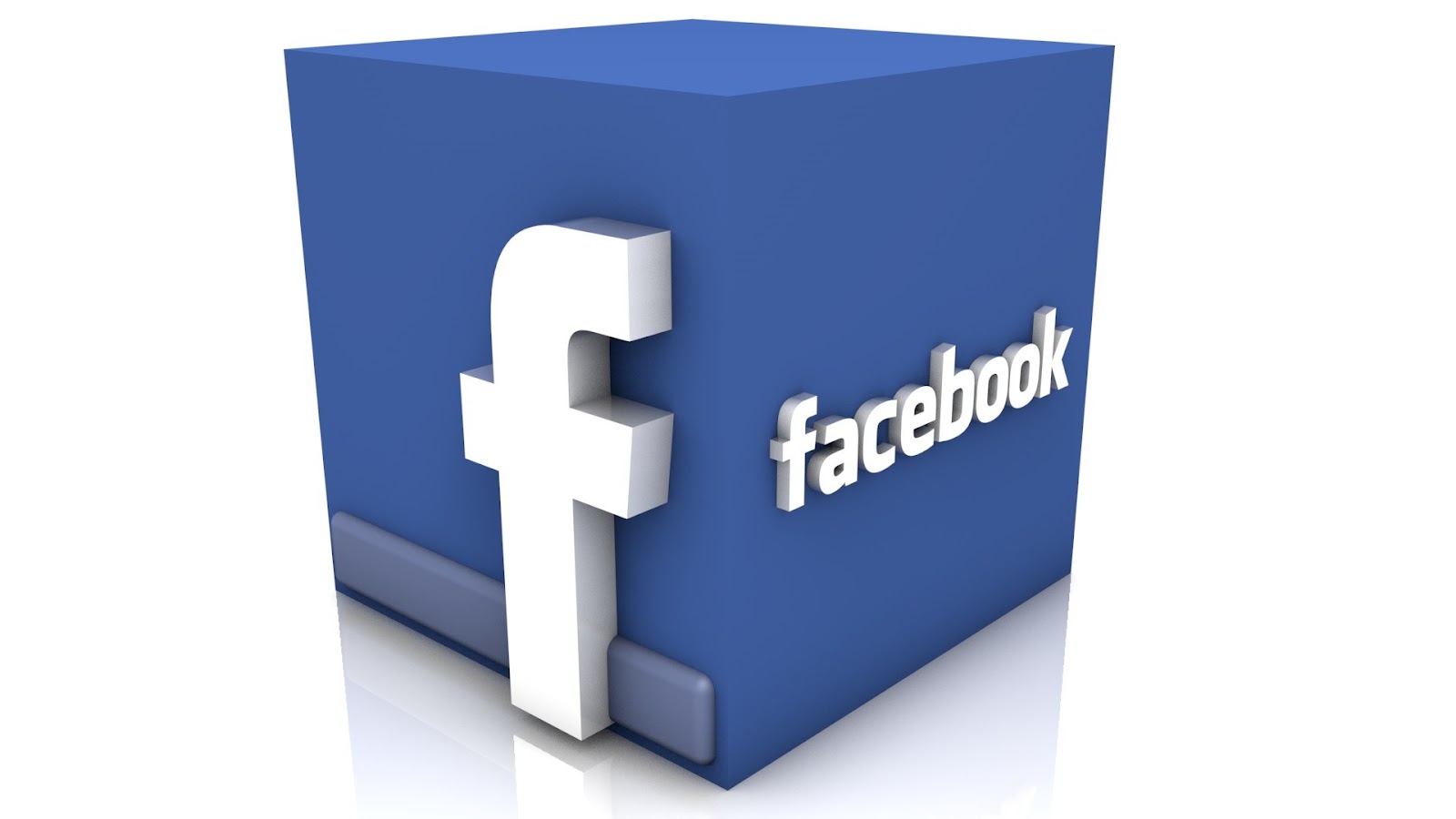The success or failure of a PR program can hinge on many factors, most of which are within our control. Still, when you’re too close to the work, it’s difficult to determine what gears might be hampering a machine’s performance. Here are 10 possible reasons for PR outcomes that miss the mark.
There’s no buy-in at the top
If a company’s leadership isn’t willing to commit to a PR program, it may be challenged from the start. Senior executives who don’t get involved in internal PR reviews, or who don’t participate as corporate spokespersons where needed are sending a message that the program isn’t a priority. That can hamstring the PR team’s efforts.
It’s not working well with others
If a PR team or agency doesn’t work in collaboration with marketing, it may be spinning its wheels — or worse, working in opposition to company business objectives. Since PR and marketing are increasingly blurring their functions, sharing goals, data, and messages, the absence of collaboration is a lost opportunity.
The silver-bullet theory
It may be tempting to think that a great PR program is the magic ingredient for a critical product launch or the sole solution to a decline in brand reputation. But it isn’t usually quite so simple. PR is not a band-aid in times of crisis, nor is it a quick study or one-off tactic. While a strategic PR campaign can yield powerful results in the form of earned media, it typically generates influence over time. The molding of public opinion, raising of awareness, or bolstering of reputation are time-consuming endeavors requiring discipline and patience. And they’re worth it.
Aiming too high to start
Top-tier earned media articles are terrific, and they’re often a highlight of the research, relationships and media strategy that goes into a good media relations campaign. But it doesn’t pay to narrow your targets to an unrealistic handful of marquee outlets. If leadership insists that only splashy features in Fast Company or The Wall Street Journal will do, it will miss many opportunities. As we preach here often, well-targeted trade and niche publications are the less glamorous but effective workhorse of PR.
It’s underfunded
An inadequate budget can lead to an underachieving PR program. Businesses that lack experience in public relations may believe that a sliver of the marketing budget can be repurposed for an annual PR and influencer campaign. Or they may think they’ll give it six months to change a brand image. The reality is usually different, however. Strategic PR takes a long-term commitment by an experienced team, and that comes at a cost. See our earlier article on how PR agencies set budgets and billing.
No measure of success
It’s important to have a clear definition of success at the outset. In the current environment, there’s a world of data available to help inform program strategy and measure success. Vague outcomes like “increased visibility” may work as a goal but will never suffice as a metric. A PR team must set forth a specific set of metrics from placements, to leads generated, to social mentions for any and all PR initiatives — and allocate budget for such measurement.
Look what I did!
If a company’s media pitches, blog posts, and press releases read like the accomplishments section of a resume, they are probably just as fun to read — meaning, not at all. Public relations is about making great content that engages, educates, and entertains. And it shouldn’t always be about your brand. If your PR program is festooned with self-promotional pablum, you’ve missed the point, the value, and the power of great storytelling.
Ignore SEO at your peril
The lines between PR and marketing are blurring. If a PR team isn’t optimizing its considerable online deliverables, then it’s leaving increased authority, visibility, and credibility on the table. SEO and PR can influence search ranking and increase site traffic. More importantly, SEO and PR build strong brand associations and drive market authority, helping reach customers at every point in the sales journey.
DIY PR doesn’t deliver
But there can be no DIY in public relations, no matter how tempting it can be for a startup. That doesn’t mean you have to hire a PR agency, but it does mean an experienced professional should lead the program. We’ve seen some businesses relegate PR to an afterthought, defining it as responding to media inquiries and assigning an intern to it. Yikes. We advise early-stage companies to hire seasoned PR pros as soon as they are ready and able. See this earlier post for some compelling reasons why DIY PR so often falls short.
No creative spark
It’s easy for an initiative to be drowned out in the torrent of social and traditional media noise. In today’s atmosphere of continuous communications from a multitude of channels, PR people (and their marketing peers) must choose their channels well and review programming each quarter for original approaches to storytelling. See this earlier post for more on the power of PR creativity.


